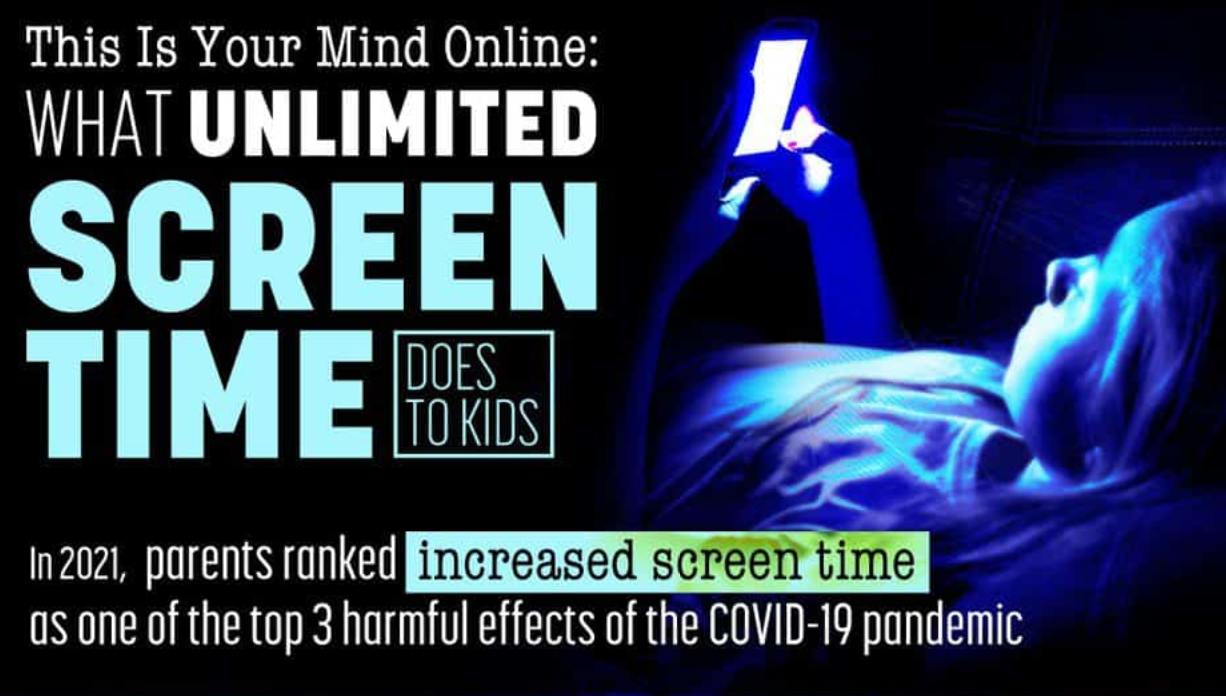The internet poses a slew of emotional and psychological risks for young users. 50% of today’s adolescents are projected to battle at least one mental health disorder in their lives. Additionally, teenagers who engage with social media for at least three hours per day have been proven to be in greater jeopardy of possessing mental health problems. Lastly, consistent use of social media can trigger many negative mental health effects, with loneliness and sentiments of isolation, reduced self-esteem, and flawed body image being the most frequent.
Q1 2022 hedge fund letters, conferences and more
Statistically significant, over 16% of adolescents report having been the victims of cyberbullying. Among them, 42% have been hurt by name-calling, 32% by untrue rumors, 25% by unwelcomed inappropriate messages, 21% by stalking, 16% by physical threats, and 7% by raunchy unconsented images. The mass misuse of social media has resulted in an astonishing 90% of teenagers accepting that online harassment is a part of social media. We must normalize this major misconception.
Another form of online harassment that many kids fall victim to is being exposed to unsolicited pornographic content. Early access to explicit content can have major impacts down the road. Research has revealed that premature exposure to pornography boosts the likelihood of teen pregnancy. An onslaught of depression becomes more probable when immature eyes see adult images. Studies have found that feelings of isolation and diminished self-esteem also appear as long-term consequences.
Establish Rules And Regulations For Accessing The Internet
Protecting kids from the damaging effects of explicit content is possible. A valiant start is by establishing guiding rules and regulations for accessing the internet and sharing why they’re critical to abide by. Guidelines such as don’t share personal information online, don’t befriend anyone you don’t already know in real life, and keep gaming communications solely about the game can base the understanding that online communications transpire within a closed circuit.
Now, the web can be customized to fit your parent-determined boundaries of appropriateness. Technology tools can identify sexting and notify parents of it instantaneously. Other mechanisms can disengage distracting apps and games when accessed in productive or focused environments such as school or behind the wheel of a vehicle. Other software can disallow children from altering app or device settings, and even from deleting necessary apps, they deem unwanted.
Turn to emerging tech tools for healthier screen time limits to gain more control over your child’s access to the ever-expanding internet, and gain peace of mind in doing so. Learn more in the infographic below.
Infographic source: Canopy.us







